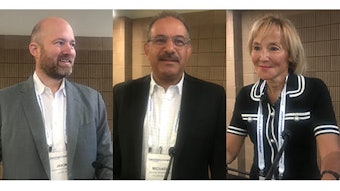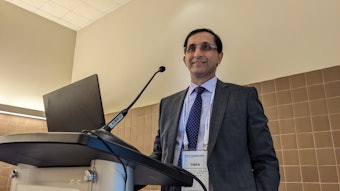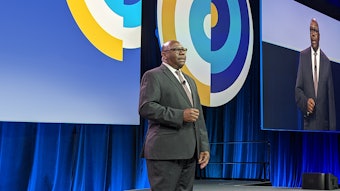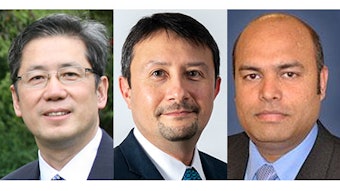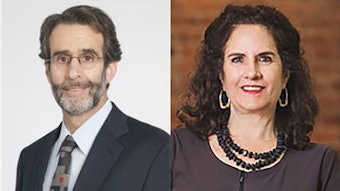Tips and tricks to manage transplant recipients’ next surgeries
Don’t ignore special concerns
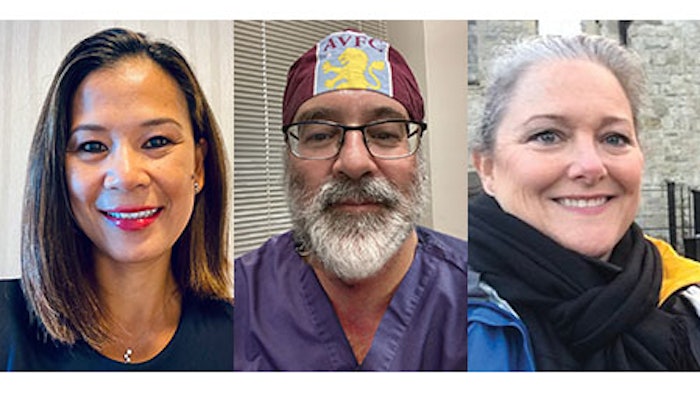
Growing numbers of transplant recipients are showing up in ORs months to years after transplantation. Whether post-transplant recipients are coming in for elective surgery or a life-saving procedure, having a graft raises questions and concerns for anesthesiologists.
“Understanding the patient’s baseline allograft function is paramount to a successful preop evaluation of the post-transplant patient,” said Geraldine Diaz, DO, New York Presbyterian Queens Hospital in New York and Chair of the ASA Committee on Transplant Anesthesia. “The vast majority of transplant recipients demonstrate some form of kidney injury. This may be the result of medical complications while awaiting transplantation, intraoperative factors, immediate post-transplant complications, and immunosuppression. Astute preop assessment of renal function is a prerequisite to minimize further renal deterioration.”
Dr. Diaz moderated the 2022 session “You Can Do It, Too! Pearls and Pitfalls for Successfully Managing Post-Transplant Recipients.” Even if the graft is functioning well, she said, there are special concerns around cardiac function, blood pressure goals, maintenance of immunosuppression, prevention of infection, fluid management, and other areas.
“The number of transplants performed in the United States is steadily increasing,” said Evan G. Pivalizza, MD, Distinguished Teaching Professor of Anesthesiology, The University of Texas McGovern Medical School in Houston. “There are 100,000 people walking around the country today with a transplanted liver, not to mention kidneys, lungs, hearts, and other organs. As we do a better and better job with transplanting organs, the odds are increasing that you will come across a patient who is scheduled for surgery and, oh, by the way, they have a transplant.”
As more patients live longer after transplantation, they are more likely to seek elective surgery to enhance quality of life or extend longevity, Dr. Diaz said. Traditional care within transplant centers cannot handle growing demand for orthopedic, cardiovascular, and urologic surgeries or interventional endoscopy. That is in addition to urgent and emergency procedures.
“These people are like regular patients, but they have a graft you have to take care of as well,” said Cinnamon L. Sullivan, MD, FASA, Director of Global Health Anesthesiology and of Transplant Anesthesiology at Emory University Hospital in Atlanta. “We have to be stewards of that organ.”
Every preop workup must include an assessment of graft function, Dr. Pivalizza said. Clinical exams, lab tests, and imaging of the graft are standard.
“If the patient looks terrific and the graft looks fine by your exam, I would say proceed,” he said. “But if there are any questions about how well the organ is or isn’t doing, contact the transplant center. If everything looks good except that the patient had a fall and broke an ankle or a leg, you probably don’t want to transport them 200 miles to a transplant center. But if they have severe liver disease or some other dysfunction in a graft, you don’t want to do anything except absolutely necessary, lifesaving procedures outside a major surgical or transplant center.”
Dr. Sullivan added another caution: transplanted organs lack the nerve connections that help autoregulate blood pressure in native organs. Anesthesiologists must be more vigilant than usual to maintain blood pressure and fluid balance to avoid graft damage.
“When anesthesiologists do their status quo things,” she said, “they could be harming the graft. The idea that what I’m doing is good enough, it’s just not good enough. You have to protect those organs.”
Visit Annual Meeting Daily News for more articles.
